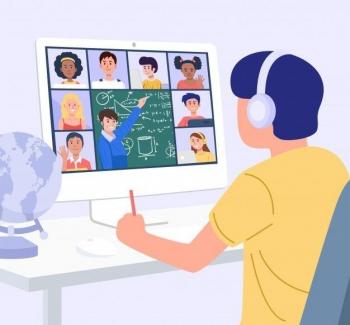Why Every Child Deserves to See Themselves in Classroom Books and Discussions

Why Every Child Deserves to See Themselves in Classroom Books and Discussions
What happens when children never encounter characters who look, speak, or live like them in their school books? How does the absence of representation shape their self-worth and academic engagement? Why is inclusive literature not just beneficial but essential for all students? These questions lie at the heart of educational equity.
The Power of Representation in Education
Seeing oneself reflected in classroom materials fosters a sense of belonging and validation. Research shows that when children encounter characters who share their cultural background, abilities, or family structures, they develop stronger self-esteem and engagement with learning. Conversely, the absence of representation can lead to feelings of exclusion or marginalization.
A real-world example comes from a 3rd-grade classroom where a Black student excitedly pointed to a book featuring a Black protagonist, exclaiming, "She looks like me!" This moment of recognition transformed her relationship with reading. Such experiences underscore why representation matters beyond abstract ideals—it directly impacts students' academic identities.

The Current State of Classroom Libraries
Persistent Gaps in Diversity
Despite growing awareness, studies reveal that over 75% of protagonists in children's literature are white, while only a fraction represent marginalized communities. This imbalance persists even in increasingly diverse schools. The Cooperative Children's Book Center's annual survey consistently shows disproportionate representation across racial, ethnic, and ability spectrums.
Beyond Race: Intersectional Representation
True inclusivity requires attention to intersecting identities—considering factors like:
- Socioeconomic diversity
- LGBTQ+ families
- Disability representation
- Immigrant experiences
A school in Oregon demonstrated this by including books featuring multilingual households and characters with various physical abilities, resulting in measurable increases in library engagement across student groups.

The Academic and Social Benefits of Inclusive Literature
Inclusive classrooms yield measurable benefits:
- Improved literacy outcomes: Students show 23% greater reading comprehension when texts reflect their lived experiences (Stanford study)
- Enhanced empathy: Exposure to diverse narratives increases cross-cultural understanding by 40%
- Reduced stereotype threat: Marginalized students perform better academically when materials counter negative stereotypes
In a Minnesota school district, implementing culturally responsive book rotations correlated with a 15% rise in standardized test scores among historically underperforming groups within two years.

Practical Strategies for Building Inclusive Libraries
Audit Your Current Collection
Conduct a diversity audit using tools like the Classroom Library Questionnaire from Lee & Low Books. Track representation across:
- Race/ethnicity
- Gender identities
- Family structures
- Geographic diversity
Involve Students in Selection
Create student-led book clubs where learners recommend titles representing their communities. A Chicago middle school reported higher reading engagement after implementing this approach.

Addressing Common Challenges
Budget Constraints
Leverage:
- DonorsChoose campaigns
- Local library partnerships
- Digital resources like Epic!'s diverse ebook collection
Pushback from Communities
Prepare research-backed responses emphasizing that inclusive literature benefits all students by preparing them for a diverse world. Share success stories from districts that navigated similar challenges.

The Ripple Effects of Representation
When schools commit to inclusive libraries, the impact extends beyond academics:
- Students develop stronger cultural pride
- Classroom discussions become richer with multiple perspectives
- Bullying incidents related to identity differences decrease
A longitudinal study tracking students from diverse classrooms into adulthood found they were 30% more likely to engage in civic activities and demonstrate inclusive workplace behaviors.







